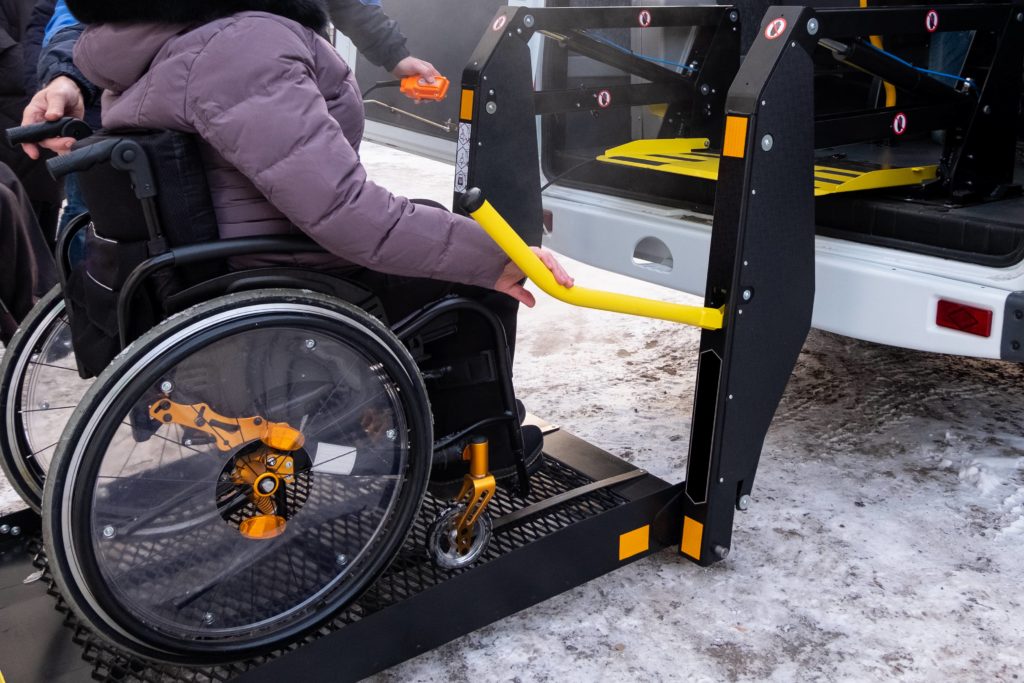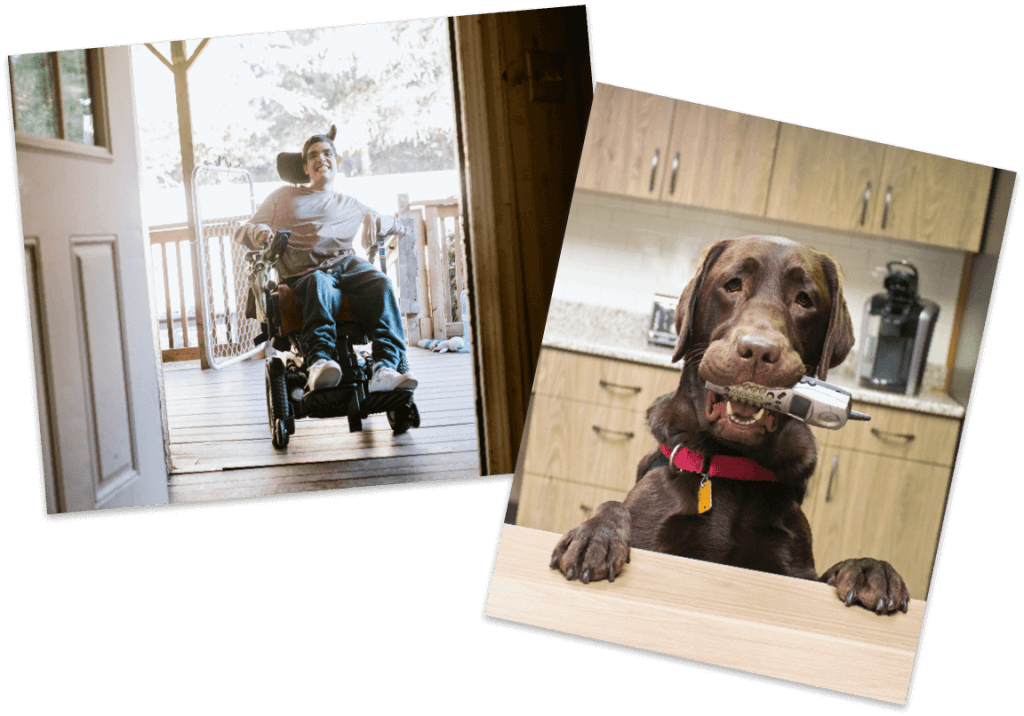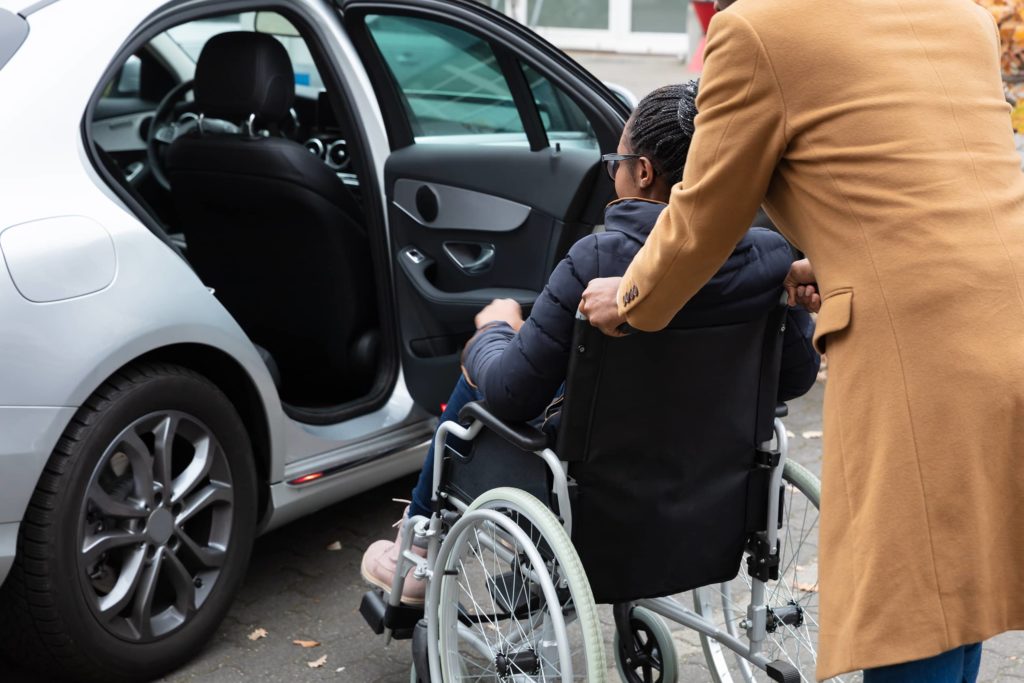Preparing for and responding to disasters and emergencies can be stressful, time-consuming, and difficult for anyone. This is especially true when it comes to the challenges a person with a disability faces when coping with hazards. And unfortunately, the specific needs of individuals with disabilities often go ignored during emergency and disaster planning. To help you better prepare for disasters, we’ve put together a guide to emergency preparedness for persons with disabilities.
What is Emergency Management?
Emergency management refers to all of the activities, programs, and services that are involved in handling emergencies and disasters. There are 12 key components of emergency management:
- Preparation
- Preparedness Testing
- Notification
- Evacuation
- Emergency Sheltering
- Temporary Housing
- Social Services & Benefit Programs
- Emergency Medical Services
- Relocation Programs
- Transition Home
- Recovery Programs
- Damage Remediation
In this blog, we’ll focus primarily on disaster planning and emergency preparedness for persons with disabilities. Let’s take a closer look at the first three parts of emergency management and their impact on people with disabilities.
Preparation & Testing
Advance planning is crucial when it comes to emergencies and disaster safety for people with disabilities. Planning is most successful when public officials, charitable organizations, and community members work together to achieve the best possible outcome. It’s important for people with disabilities to participate in conversations surrounding emergency management in their communities. If you have ideas, suggestions, or concerns, be sure to speak up.
Public officials are also responsible for testing preparedness plans to ensure their effectiveness. This is typically done through emergency simulations that (hopefully) involve people with disabilities.

Community Notification
Public officials are also responsible for alerting the community of any disaster or emergency that takes place. Additionally, they must provide information on services and programs developed in response to the disaster or emergency.
Community notification is typically done via TV, radio, sirens, and flashing lights. However, these traditional methods may not be accessible for persons with disabilities. For example, people who are blind won’t see visual cues, and people who are deaf won’t hear audible alerts. To alleviate these inaccessibility issues, public officials should provide concurrent visual and audio notifications.

UDS Can Help You Live A Fuller Life With Our Comprehensive Services:
Planning & Support – Our dedicated planning & support teams help manage the care and services you need.
Personal Care & Independence – We’ve helped people with disabilities live more independently in their own homes since 1965.
Enrichment & Life Skills – Our variety of programs is dedicated to building skills for living well with a disability.
Evacuation Planning
Evacuating during a disaster or emergency is often exceptionally difficult for people with disabilities. Someone with a mobility disability may be unable to exit a building if the elevator is inoperable. And people who are blind or deaf may be unable to find exits or communicate their needs with others.
Additionally, many persons with disabilities are unable to use personal transportation. If public transportation is shut down due to a disaster or emergency, individuals with disabilities will find it much harder to evacuate.
Create an Emergency Kit
One of the best ways to prepare yourself in case of an emergency or disaster is to create an emergency kit. While these will vary based on your unique disability, there are several universal considerations. These include:
- Transportation. Plan ahead by identifying accessible transportation that you could use to evacuate during an emergency. Ensure these transportation modes can accommodate mobility aids, communication devices, and service animals.
- Sheltering. Choose an accessible shelter in advance that can accommodate your needs. Make sure you can get there quickly and easily with as little disruption as possible.
- Escape Routes. Each exit from your home should be accessible to keep you safe during a disaster or emergency. Be sure to practice emergency evacuation drills and have a written plan in place. It’s also helpful to practice these drills with family, friends, and/or personal care workers.
Blind or Low Vision
If you’re blind or low vision, your emergency supplies should be marked with large print or braille labels. Keep your communication devices nearby whenever possible, and ensure someone in your care circle can convey essential emergency information when need be.
Deaf or Hard of Hearing
If you’re deaf or hard of hearing, be sure to invest in TVs and radios that offer text displays and flashing alerts. You’ll want to keep extra hearing aid batteries nearby, along with text communication cards to make it easier to communicate with emergency personnel.

Mobility Disabilities
If you use a power wheelchair or complex rehab technology, it’s very important to have a lightweight manual chair as backup. Keep an extra battery on hand for your power chair or any other battery-operated assistive mobility devices. Depending on your mobility level, you may also want to include a cane or walker in your emergency kit.
Sensory Disabilities (Including Autism)
If you have a sensory disability, be sure to keep handheld electronic devices and headphones nearby. Watching movies and playing games can help keep you focused, and headphones reduce negative auditory stimulation. Depending on the severity of your disability, you may also want to bring a small pop-up tent or sheets to decrease negative visual stimulation.
Speech Disabilities
If you have a speech disability, be sure to keep your assistive communication devices nearby. You’ll also want to keep laminated phrase/pictogram cards in your kit in case your devices aren’t working. To avoid this, keep extra batteries nearby and a wall charger for use at a shelter.
Other Supplies
You’ll also want to include the following supplies in your emergency kit wherever applicable:
- One week’s worth of prescription medications
- List of medications, dosages, and any allergies
- Extra batteries for assistive devices (power chairs, hearing aids, etc.)
- Insurance and Medicare cards
- Electronic health records
- Medical tags and bracelets
- Contact info for people in your support network
- Supplies for your service animal
Join a Voluntary Registry
Most communities have confidential registries of people with disabilities who might need evacuation assistance or specialized notifications during emergencies. Joining one of these voluntary registries is a great way to ensure you stay informed and as safe as possible during disaster or emergency scenarios.
Build a Personal Support Network
Building a personal support network is also key to emergency preparedness for persons with disabilities. Also known as a self-help team, this group is responsible for checking on you during emergencies to ensure your wellness. Your support network can also help you identify resources related to the challenges a person with a disability faces when coping with hazards.
Your self-help team can comprise of neighbors, coworkers, personal care workers, relatives, family members, friends, and more. Experts recommend having a minimum of three people to support you anywhere you regularly spend time.
Show your personal support network where you keep emergency supplies, and make sure they have any necessary keys. They should also have copies of relevant emergency documents, evacuation plans, and your health insurance cards. Finally, ensure your self-help team knows how to operate all of your medical equipment and devices.

Conduct a Personal Assessment
A final way to ensure emergency and disaster safety for people with disabilities is by conducting a personal assessment. We’ll take a more granular look at the important questions you should ask yourself below.
Activities of Daily Living
- Am I able to bathe, get dressed, and groom myself without assistance?
- What will I do if I don’t have access to and/or can’t heat water?
- Will I be able to feed myself independently?
- Will I still be able to use medical equipment that runs on electricity?
Mobility Level
- Can I navigate around potential impediments during evacuation?
- Do I need specially-equipped/accessible transportation?
- Am I able to evacuate my home without a caregiver?
- Will I be able to obtain groceries and medical supplies on my own?
Difficulty of Evacuation
- Am I able to access other exits if elevators aren’t working?
- Am I able to evacuate independently without auditory or visual cues?
- Am I able to read emergency signs in print or braille?
- Am I able to see/hear emergency alarms even if the power is off?
- Am I able to summon help once I’ve left the building?
- Are my mobility, visual, and auditory aids nearby?
- Am I able to care for my service animal during and after the emergency?
Staying Informed
- Am I familiar with my community’s response and evacuation plans?
- Do I know the location of my community’s designated emergency shelter?
- Do I know my community’s plans for evacuating those who rely on public transportation?
- Am I familiar with the emergency plans/procedures of places I regularly spend time?
- Am I registered with local fire or police agencies and emergency management offices?
- Am I registered with my utility provider if I’m electric dependent?